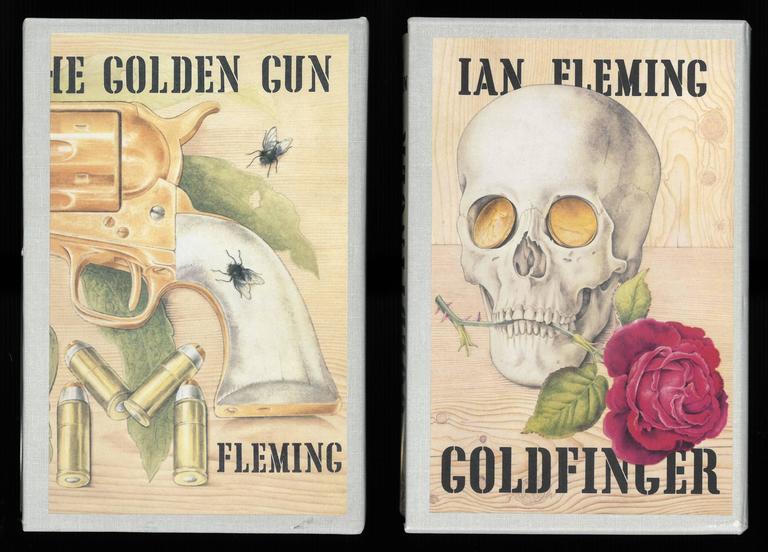

He was followed by William Boyd, acclaimed author of "A Good Man In Africa", who penned the 2013 adventure, "Solo". Jeffery Deaver took Bond into the 21st century with his fast-paced action-thriller, "Carte Blanche", released in May 2011. Two spinoff series of books, Young Bond and The Moneypenny Diaries, were published after this point, but in the spring of 2008 the original James Bond novel series returned with the publication of a new work by Sebastian Faulks. The film was released in 1973 and was produced by Albert R. It was adapted into the eighth official film in the EON Productions Bond franchise and the first to star Roger Moore as British Secret Service agent, Commander James Bond. These post-Fleming novels were issued sporadically in the late 1960s and '70s, then regularly between 19 by John Gardner and Raymond Benson, after which the series was put on hiatus. Live and Let Die is the second James Bond novel by Ian Fleming, first published in 1954.


The character was created by Ian Fleming (pictured opposite), first appearing in his debut novel Casino Royale (1953).įollowing Fleming's death in 1964 and the posthumous publication of some remnant works by him over the next few years, others were commissioned to write continuation novels. Usually these were everyday objects adapted to contain some kind of tool or weapon, such as golf balls containing compasses pencils hollowed out to hide silk maps hairbrushes with saws inside garlic-flavoured chocolate for British agents heading to France (in the hope that the smell on their breath would allow them to blend in more easily with the local population) and a shoelace that doubled up as a garotte.From 1953 to the present day, dozens of novels and a number of short stories have been published chronicling the adventures of British secret agent James Bond, often referred to by his code name, 007. During the Second World War, undercover British agents bound for occupied Europe – including some of those in Fleming’s 30 Assault Unit – would pay a visit to Q (short for Quartermaster) Branch, where they were often kitted out with devices known as ‘Q gadgets’. However, the novels did feature a ‘Q Branch’, and this, we know, was copied directly from real life. A fact well-known to Bondologists (less so to everyone else) is that the lovably eccentric quartermaster Q – responsible for everything from exploding tubes of toothpaste to a machine gun disguised as a set of bagpipes – never actually appeared in any of Fleming’s books.


 0 kommentar(er)
0 kommentar(er)
